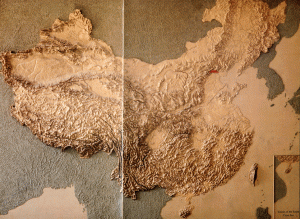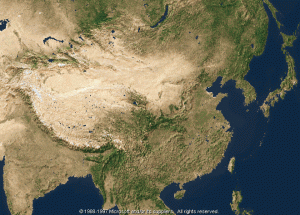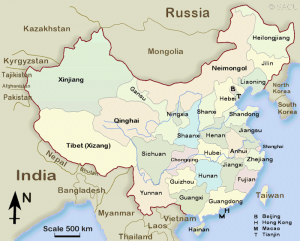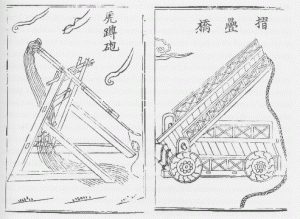A Matter of Government
Recap: Song . . . Khitans/Liao . . . Tanguts/Xia
I. Domestic Legacies of the Tang Dynasty
- Agricultural and commercial expansion
- Population increase
- Increased importance of the Yangzi valley
- Retreat of the state
- Decline of the aristocracy
- The shi class
- Civil service examinations
II. Nature of the Song State
- Centralization of power
- Bureaucratism
- Factionalism
The Culture of Politics
I. Political Concerns in Eleventh-Century China
- Treaty of Shanyuan (1005; Khitans/Liao)
- Treaty of 1044 (Tanguts/Xia)
II. Early Eleventh-Century Reformers
- Fan Zhongyan (989–1052)—”Ten-Point Memorial” (1043)
- Ouyang Xiu (1007–1072)—”On Parties” (1045)
III. Righteous Ministers I—Wang Anshi (1021–1086) . . . “Ten Thousand Word Memorial” (1058)
- State finance—Financial planning commission (2nd month of 1069) . . . Tribute transport and distribution system (7th month) . . . Hired-service system (10th month of 1070) . . . Land survey (8th month of 1072) . . . Guild exemption tax (ninth month of 1073)
- Economy—Farm loans (9th month of 1069) . . . State trade system (3rd month of 1072) . . .
- Defense—Mutual surveillance (bao jia) system (12th month 1070) . . . Horse-breeding system (5th month of 1072) . . . Directorate of Weapons (6th month of 1073)
- Education and civil service—Reform of the examination system (3rd month of 1070) . . . Reorganization of the National Academy (ninth month of 1071) and establishment of local schools . . . Introduction of Law as a field (third month of 1073) . . . Institutionalization of government clerks (12th month of 1070)
IV. Righteous Ministers II—Sima Guang (1019-1086) . . . The Comprehensive Mirror for Aid in Government (1072–1084)
V. Political Culture of Song China (or What do you do when you end up with a lot of smart people?)
Discussion
- What are the main points of Wang Anshi's "Ten Thousand Word Memorial"? What did Wang find lacking in the Song government?
- On what grounds did Sima Guang oppose Wang's reforms?
- What can one conclude about the Song political culture from the exchange between Wang Anshi and Sima Guang?
Maps
External links to Maps:
Physical Map
Source: National Museum of Chinese History, ed., A Journey into China's Antiquity, vol. 1 (Beijing: Morning Glory Publishers, 1997), pp. 8–9.
Physical Map by Satellite
Administrative Map
Source: SACU
Images
References
- Bol, Peter K. "This Culture of Ours": Intellectual Transitions in T'ang and Sung China. Stanford: Stanford University Press, 1992.
- Hymes, Robert P., and Conrad Schirokauer. Ordering the World: Approaches to State and Society in Sung Dynasty China. Berkeley and Los Angeles: University of California Press, 1993.
- Ji, Xiao-bin, Politics and Conservatism in Northern Song China The Career and Thought of Sima Guang (1019-1086). Hong Kong: Chinese University Press, 2004.
- Levine, Ari Daniel. Divided by a Common Language: Factional Conflict in Late Northern Song China. Honolulu: University of Hawai'i Press, 2008.
- Liu, James T. C. Reform in Sung China: Wang An-shih (1021-1086) and His New Policies. Cambridge, Mass.: Harvard University Press, 1957.
- Smith, Paul J. Taxing Heaven's Storehouse: Horses, Bureaucrats, and the Destruction of the Sichuan Tea Industry, 1074-1224. Cambridge, Mass.: Council on East Asian Studies, Harvard University, 1991
- Chaffee, John W., and Denis Twitchett, eds. The Cambridge History of China. Cambridge: Cambridge University Press, 2015. doi:10.1017/cho9781139193061.








